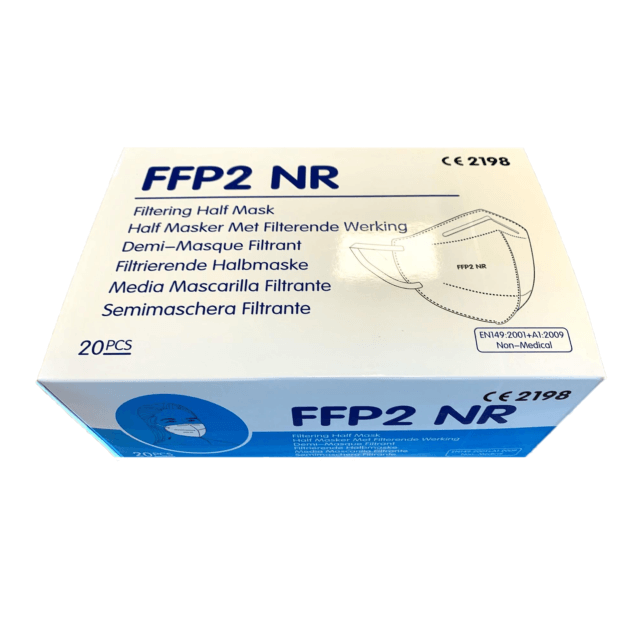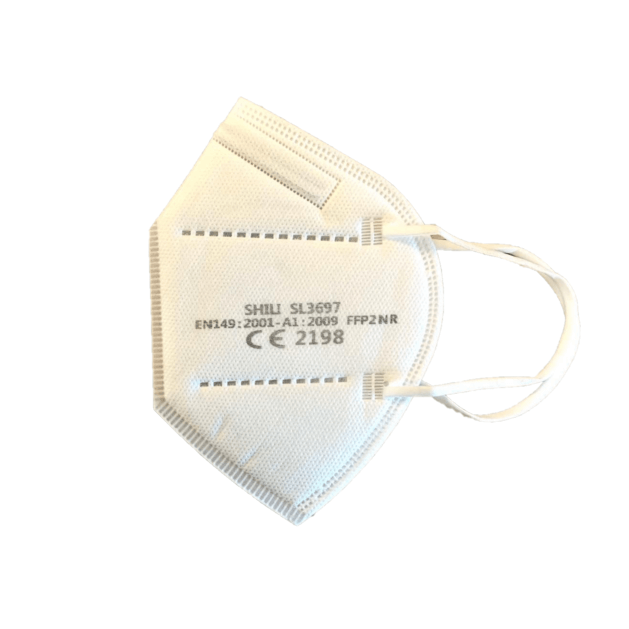Description
Description:
Filtering face masks (FFR), which are sometimes called disposable masks or face masks, are subject to various legal regulations. These standards specify certain required physical properties and performance characteristics to claim proper compliance with the specific standard. Authorities often refer to these standards when making face mask recommendations, for example indicating that certain target groups should use an “N95, FFP2, or equivalent” face mask.
Below is an overview of commonly used names and associated performance standards:
- N95 (United States NIOSH-42CFR84)
- FFP2 (Europe EN 149-2001)
- KN95 (China GB2626-2006)
- P2 (Australia/New Zealand AS/NZA 1716:2012)
- Korea 1st Division (Korea KMOEL – 2017-64)
- DS (Japan JMHLW Report 214, 2018)
As shown in the following summary table, see table on the next page, filtering face masks that meet these standards can be expected to perform very well. This is preferably tested by an independent laboratory in the country where the product is used to ensure that the face mask meets local requirements.
Based on this comparison, it is reasonable to consider China KN95, AS/NZ P2, Korea 1st Class and Japan DS FFRs as “equivalent” to the US NIOSH N95 and European FFP2 face masks, for filtering non-oil based particles , such as those caused by fires, PM 2,5 air pollution, volcanic eruptions or bioaerosols (e.g. viruses). However, before selecting a respiratory product, users should consult local respiratory protection regulations and requirements or contact local public health authorities.




